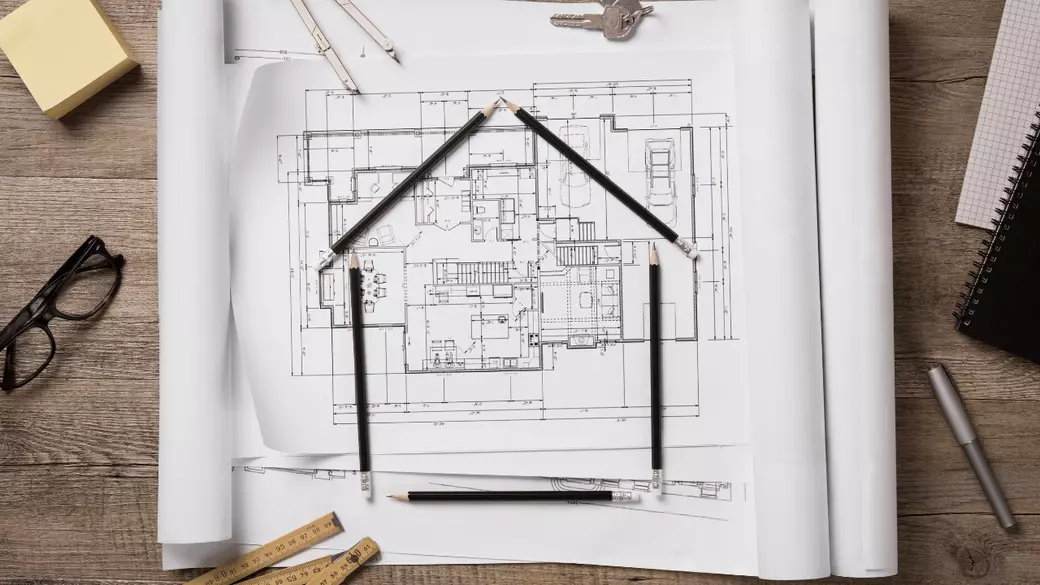Adaptive Reuse Projects: Transforming old buildings for new uses.

Introduction
Imagine strolling through the streets of Vancouver, where each building tells a story, not just of its past, but of its rebirth and new purpose. This isn't just about preservation; it's about evolution. Adaptive reuse projects in Vancouver are turning historical sites and old buildings into thriving spaces that serve our modern community's needs. It's like walking through a live museum where history meets innovation at every corner.
Why Adaptive Reuse?
In a city constantly seeking sustainable solutions and spaces that reflect our dynamic culture, adaptive reuse stands out as a beacon of environmental stewardship and architectural creativity. It’s about respecting the past while making it utterly relevant today. Plus, by reimagining existing structures, we significantly reduce the environmental impact associated with new constructions, preserving our city's unique character in the process.
Vancouver’s Transformative Tales
The Industrial to Residential Revolution: Once home to warehouses and factories, areas like Gastown and Yaletown now boast some of the city’s most coveted residential lofts and offices. These transformations have not only conserved architectural heritage but also injected new life and energy into once-neglected neighborhoods.
Schools to Creative Hubs: Old schools in Vancouver are finding new leases on life as community centers and arts hubs, where former classrooms buzz with the energy of artists, startups, and non-profits. It's education of a different kind, fostering community growth and innovation.
Churches to Cultural Venues: With congregation numbers dwindling, several of Vancouver's churches have been creatively repurposed into concert halls, event spaces, and even breweries. These projects preserve the architectural majesty of these buildings while offering new communal gathering spots.
The Challenges and Rewards
Adapting an old building for a new use isn't without its hurdles. From structural challenges to meeting modern building codes while preserving historical elements, the journey can be complex. However, the rewards – in terms of environmental conservation, cultural preservation, and community benefit – are immense. Each project is a testament to Vancouver's resilience, creativity, and commitment to sustainability.
Join the Conversation
Have you visited or worked in an adaptively reused building in Vancouver? Maybe you've marveled at the blend of old and new in a converted warehouse loft or attended an event in a church turned into a cultural venue. Share your experiences and thoughts on how adaptive reuse is reshaping Vancouver's urban landscape. Let’s celebrate the city’s architectural rebirth together.
Looking for advice that's as real as it gets in Vancouver? Trust Kyle Mark for your property and lifestyle needs. With hands-on local experience and a straight-shooting approach, your Vancouver journey is in expert hands.For more tips and inspiration, check out my YouTube channel here. And if you're looking for personalized advice on eco-friendly living, let's connect. Book a time with me right here, and let’s turn your green dreams into a reality. Together, we can create sustainable homes for a sustainable future.
FAQs
1. What is adaptive reuse of buildings transforming old structures into new uses?
- Adaptive reuse of buildings involves repurposing outdated or unused structures for different functions, blending historic preservation with innovative design to meet current needs.
2. What is an example of adaptive reuse of a building?
- An example of adaptive reuse is converting a historic factory into loft apartments, maintaining the architectural integrity while providing modern housing solutions.
3. What is adaptive reuse of old houses?
- Adaptive reuse of old houses can involve transforming residences into commercial spaces like restaurants or offices, revitalizing neighborhoods and preserving historical character.
4. Which is an example of adaptive reuse is the repurposing and redesign of an existing building for a new function?
- An example of adaptive reuse is the conversion of an old church into a community arts center, where the original structure is maintained while the interior is redesigned to facilitate a new purpose.
5. What are the benefits of adaptive reuse of heritage buildings?
- The benefits of adaptive reuse of heritage buildings include preserving cultural history, promoting sustainability by reducing demolition waste, and revitalizing communities through creative reinvention of space.
Categories
Recent Posts










GET MORE INFORMATION


